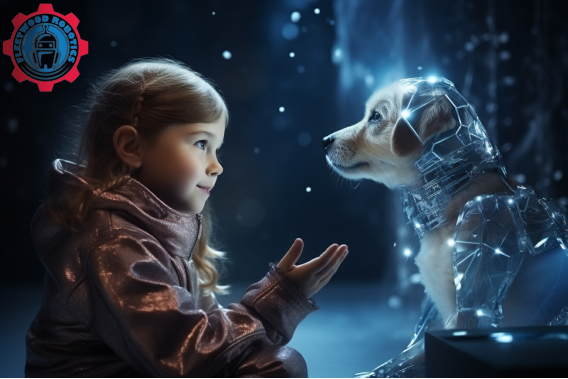Exploring the Wonders of IoT: A Creative Guide for Kids
The Internet of Things (IoT) is significantly shaping our world, particularly impacting children's education by fostering creativity, problem-solving skills, and imagination through its integration into educational settings.
Real-time examples of IoT implementations:
• Smart factories: IoT sensors monitor production lines, identifying issues early to improve efficiency and quality.
• Connected agriculture: IoT sensors track soil moisture, crop health, and weather, optimizing irrigation, fertilizer use, and pest control.
• Predictive maintenance: IoT sensors monitor equipment conditions, predicting maintenance needs to prevent costly downtime.
• Real-time asset tracking: IoT devices track assets like vehicles, containers, and inventory, enhancing logistics and preventing theft.
• Smart healthcare: IoT devices monitor patients' vital signs, offering early health problem warnings and improving patient care quality.
IoT for kids statistics and trends.
• By 2030, IoT devices globally will exceed 125 billion, rising from 30.3 billion in 2023 (Statista).
• The market for children's IoT devices is projected to increase from $5.8 billion in 2023 to $16.2 billion by 2030 (Markets and Markets).
• 62% of parents express interest in employing IoT devices for monitoring their child's safety and well-being (Juniper Research).
• According to Intel, 55% of teachers see IoT devices as beneficial for enhancing student engagement and learning outcomes.
Exploring the potential of IoT in education.
Interactive learning:
• IoT enables hands-on, real-world learning experiences.
Remote learning:
• IoT devices facilitate remote access to educational resources.
• IoT fosters distance learning opportunities.
• IoT provides access to a broader range of materials.
Resource efficiency:
• IoT optimizes resource management in educational institutions.
• IoT monitors energy usage, space utilization, and equipment maintenance.
Data-driven decision-making:
• IoT data helps educators assess student performance.
• IoT data helps educators identify trends.
• IoT data helps educators tailor teaching methods for better outcomes.
IoT in the classroom: Enhancing learning experiences.
Smart Whiteboards:
• Application in creating interactive lessons through multimedia content display.
• Teachers engage students using videos, games, and smart whiteboard materials.
IoT Sensors:
• Classroom data collection monitors temperature, humidity, and noise levels.
• Usage to enhance learning environments for better comfort and productivity.
VR Headsets:
• Creation of immersive learning experiences for students.
• Exploration of historical sites or global travel experiences using VR headsets.
IoT projects for kids to stimulate creativity and problem-solving skills.
Smart Home Creation:
• Children use IoT devices to manage home systems via smartphones or tablets.
• Operating lights, locking doors, and adjusting temperatures.
Weather Station Development:
• Kids use IoT sensors to monitor temperature, humidity, and wind speed.
• Display data collected via website or mobile app.
Robot Design:
• Children employ IoT devices to craft robots that track lines or manipulate objects.
Conclusion: Shaping the Future of Learning.
Future Preparedness:
• Preparing children for an interconnected world by embracing IoT in education nurtures future-relevant skills.
Innovation and Exploration:
• Encouraging innovation through secure IoT devices unlocks endless learning and growth opportunities.
For more information visit our website: Fleetwood Robotics
Join our WhatsApp Channel: Fleetwood Robotics WhatsApp Channel




Comments
Post a Comment